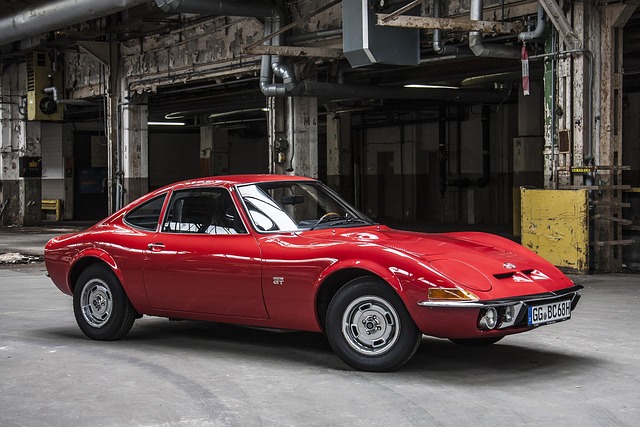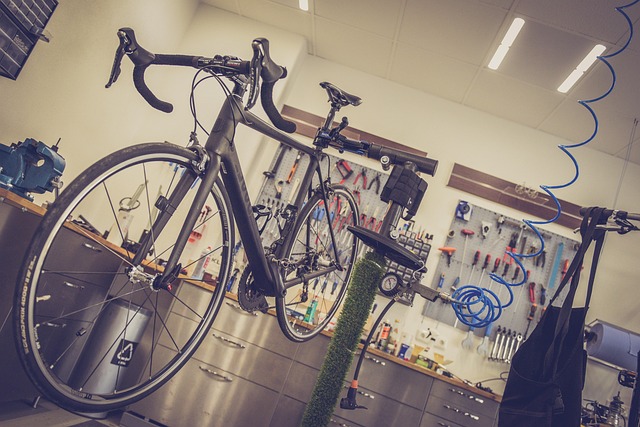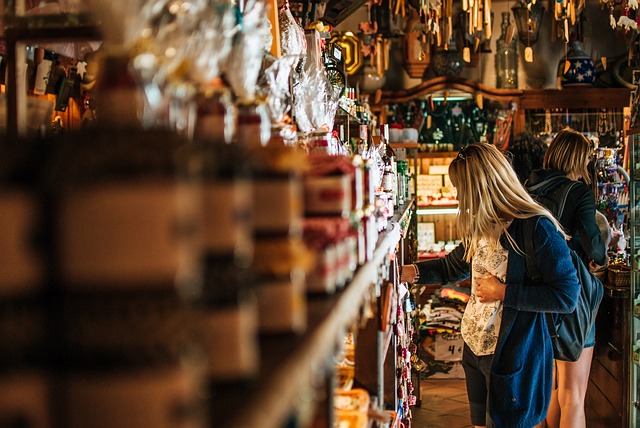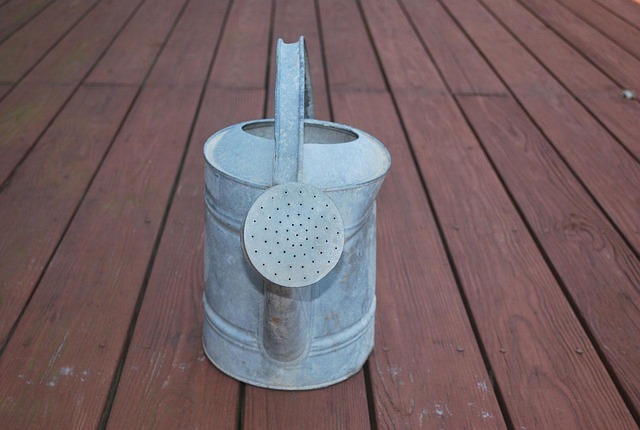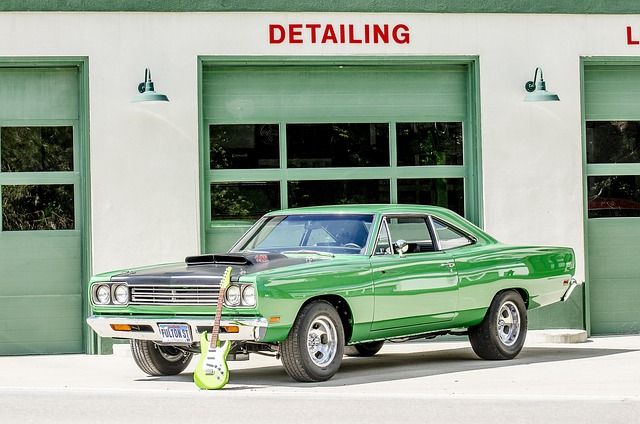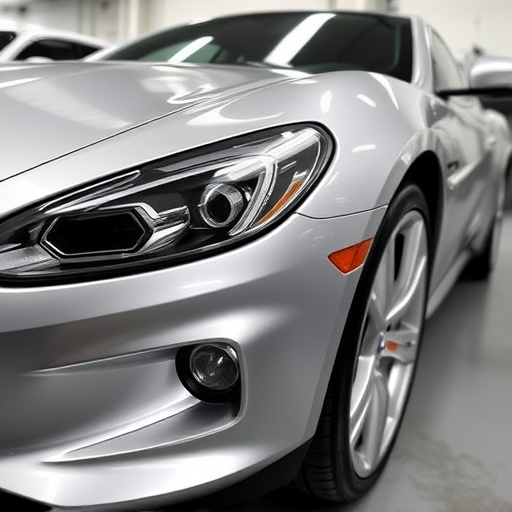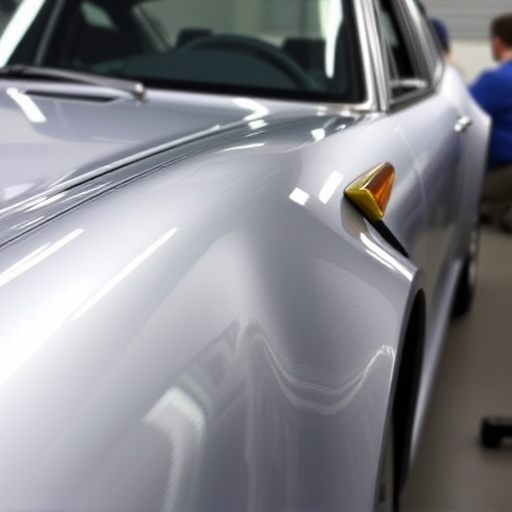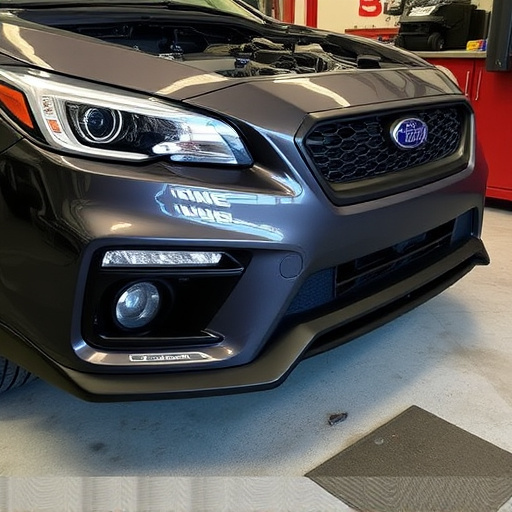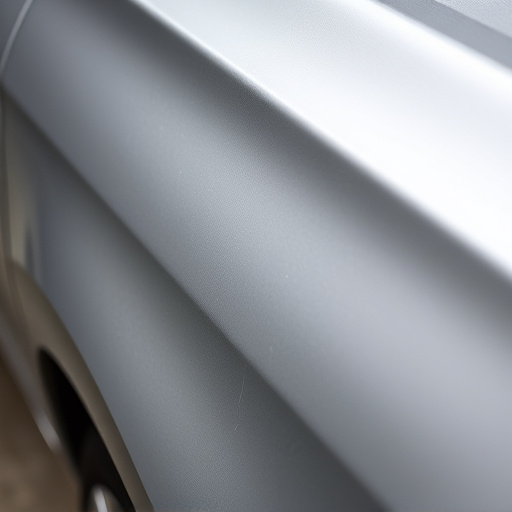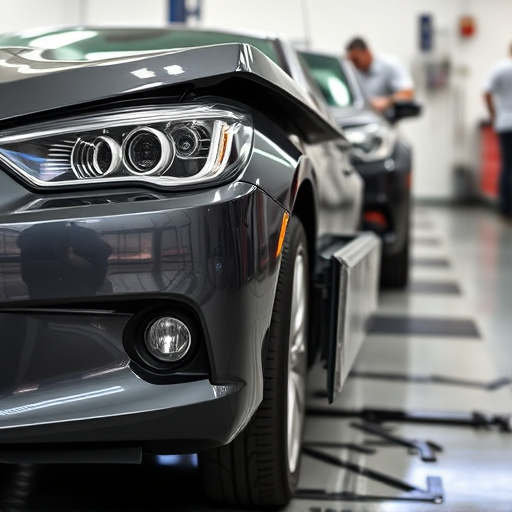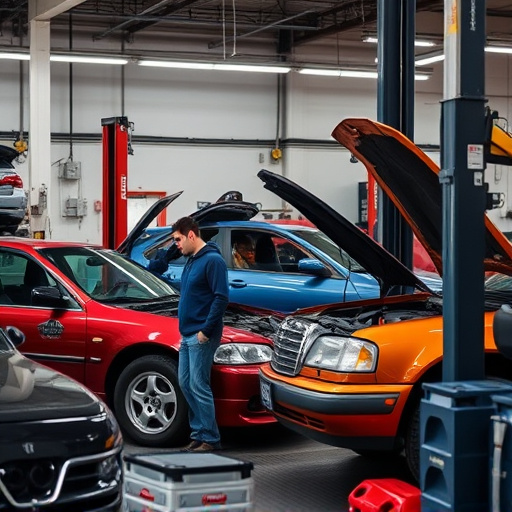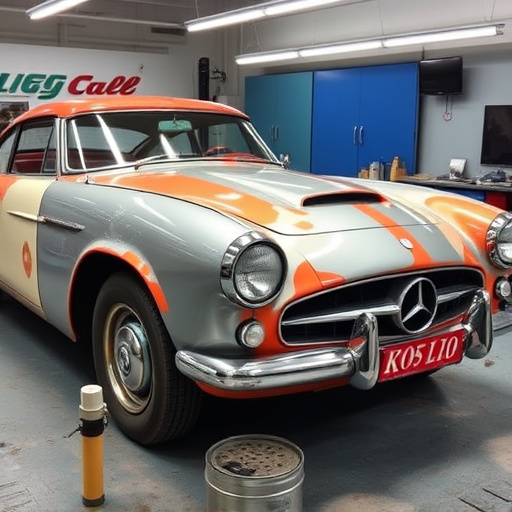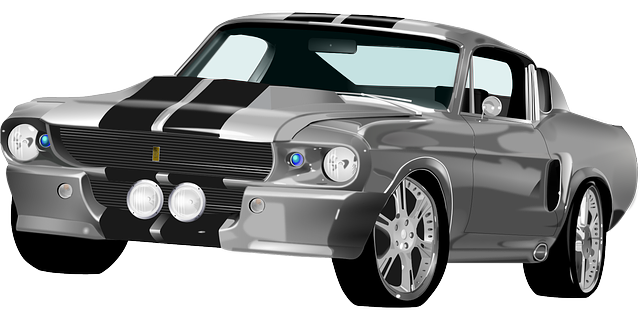Cowl panel replacement is vital for auto body repairs, addressing structural and aesthetic damage. Quality Assurance ensures panels meet standards through strict guidelines, preventing defects and enhancing customer satisfaction. Best practices include meticulous preparation, precise alignment, proper tools, and post-installation checks, resulting in seamless, structurally sound repairs.
Cowl panel replacement is a critical aspect of vehicle maintenance, impacting both performance and aesthetics. This essential repair process involves replacing the outer covering of an engine’s cowl panel, offering a seamless solution for damaged or deteriorated panels. In the realm of quality assurance, regular cowl panel replacements are non-negotiable. They ensure optimal vehicle functionality, enhance structural integrity, and maintain the car’s overall aesthetic appeal. This article delves into these key areas, providing valuable insights on understanding and implementing effective cowl panel replacement practices.
- Understanding Cowl Panel Replacement: A Fundamental Repair
- Quality Assurance: The Process and Its Importance
- Best Practices for Successful Cowl Panel Installs
Understanding Cowl Panel Replacement: A Fundamental Repair

Cowl panel replacement is a fundamental aspect of auto body repairs, crucial for restoring a vehicle’s structural integrity and aesthetic appeal. This process involves the careful removal and replacement of the cowl panel, which is a prominent piece of car body that connects the roof to the hood. Over time, due to various factors like road debris, accidents, or simple wear and tear, this component can suffer damage, leading to cosmetic issues and potential safety hazards.
In a quality assurance context, efficient cowl panel replacement is integral to the overall success of auto body restoration efforts. It demands precision and expertise from car repair shops, ensuring that the new panel fits seamlessly, aligning perfectly with adjacent body parts. This meticulous process not only enhances the vehicle’s appearance but also reinforces its structural stability, addressing potential weak points that could compromise safety during driving.
Quality Assurance: The Process and Its Importance
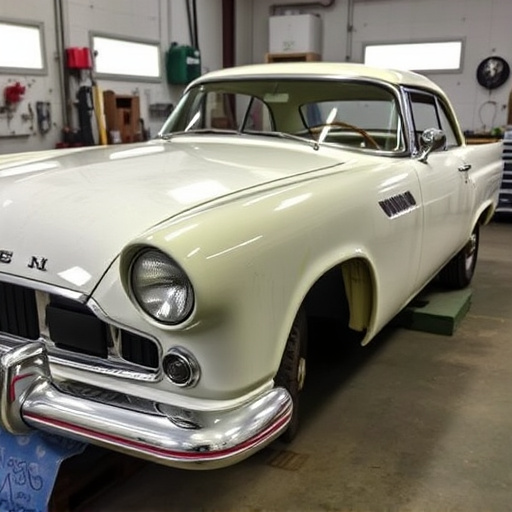
Quality Assurance (QA) is a critical process that ensures products or services meet predetermined standards and requirements. In the context of automotive industry, this involves meticulous inspection and testing of every component, including the cowl panel replacement, to guarantee optimal performance and safety. QA isn’t just about finding defects; it’s a proactive approach to prevent issues from occurring in the first place.
The process begins with establishing clear quality standards, followed by rigorous inspections at each stage of production or repair. For instance, during a cowl panel replacement, technicians must adhere to strict guidelines for fit, finish, and alignment. This involves using the right tools, following best practices for auto painting or scratch repair, and double-checking every detail. The goal is to maintain consistency, ensure customer satisfaction, and uphold the reputation of the company through delivering high-quality work that meets industry standards.
Best Practices for Successful Cowl Panel Installs
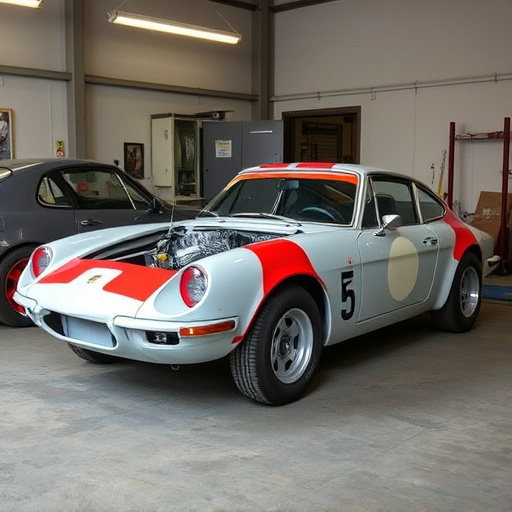
When undertaking cowl panel replacement, adhering to best practices ensures a seamless and high-quality outcome. Firstly, meticulous preparation is key; this involves thoroughly cleaning and inspecting both the existing panel and the vehicle’s frame to identify any underlying issues that could affect the fitment of the new panel. Correct surface priming and treatment are also vital steps in achieving a strong bond between the cowl panel and the vehicle’s structure.
During installation, precision alignment is critical to prevent misalignment issues later on. Using appropriate tools and techniques, such as jack stands and specialized hardware, guarantees a secure fit. Additionally, performing thorough quality assurance checks after installation – including visual inspections, functional tests, and pressure checks – helps identify any potential leaks or gaps that could compromise the vehicle’s structural integrity and overall performance. Incorporating these best practices into your cowl panel replacement procedures enhances both the aesthetic appeal and safety of auto body repairs, particularly in frame straightening processes.
Cowl panel replacement, while seemingly a simple task, plays a pivotal role in an automotive’s quality assurance process. By adhering to best practices and understanding the intricacies involved, technicians can ensure not just structural integrity but also optimal performance and aesthetics. This concludes our exploration of this fundamental repair, highlighting its significance as a key component in maintaining vehicle standards.
